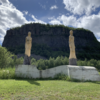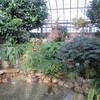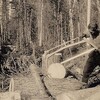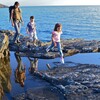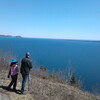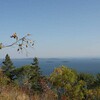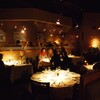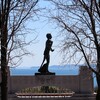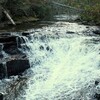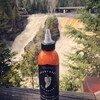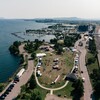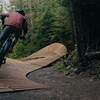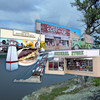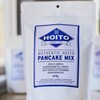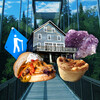
A Fur-Themed Trip Back in Time
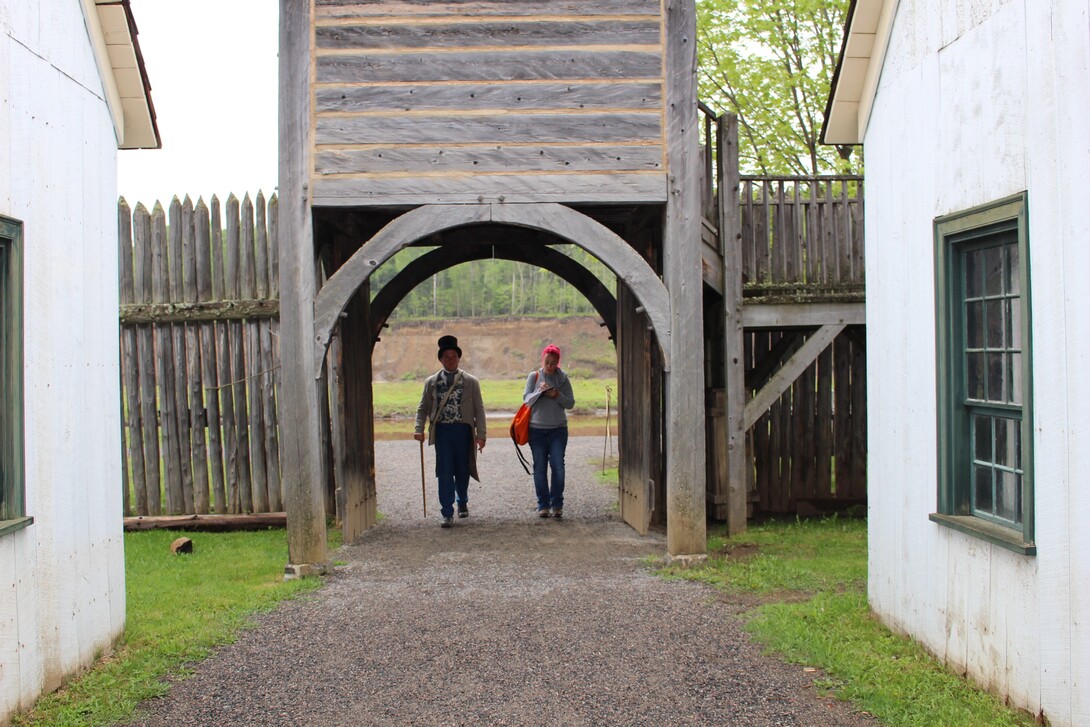
I can’t help but wince as Dr. John McLoughlin talks me through his collection of medical tools, most of which resemble instruments of torture. Dr McLoughlin is based at Fort William, North America's largest fur trading post, and it's the early 19th century. His patients are fur trade workers, ranging from the foot rot-ravaged voyageurs who bring pelts to Fort William via canoe, to the wealthy entrepreneurs responsible for shipping the finished products to foreign lands.
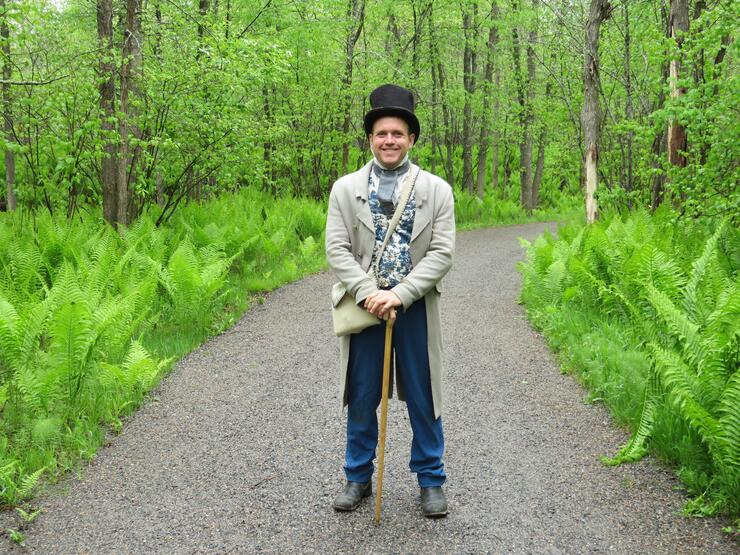
I’d arrived at Fort William Historical Park, a Canadian Signature Experience located on the outskirts of Thunder Bay, expecting a museum which might take an hour or two to explore. What I actually find is a complete replica of what was once North America’s largest fur trading post (the original site is a Canadian National Historic Site). To give you an idea of the scale of the operation, the museum employs hundreds of people, many of whom are character actors (I eventually bully Dr. McLoughlin into revealing that he spends his time outside of Fort William studying for a music degree). The entire site is huge—it takes around 20 minutes to walk to the main site from the beautiful visitor centre, which has become a popular venue for wedding receptions.
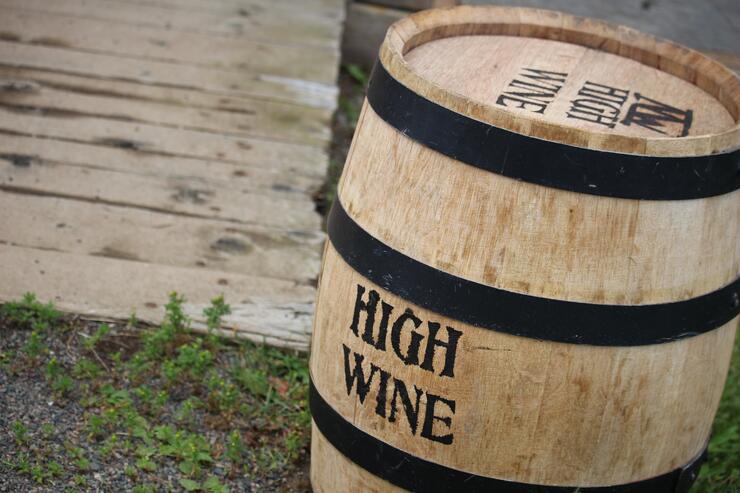
Not that I’m complaining—during the walk through a wildflower-filled forest, I get thoroughly acquainted with Dr. McLoughlin, who wastes no time in informing me he’s somewhat suspicions of the reasons for my visit: he suspects I’m actually a spy working for rival operator, London-based Hudson's Bay.
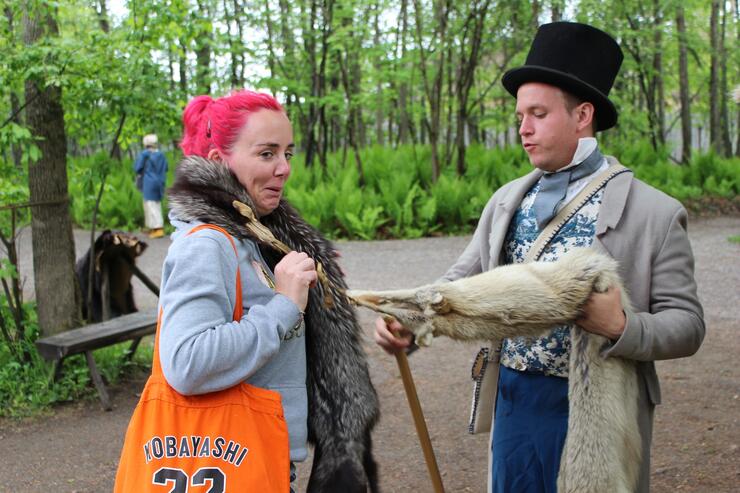
Before we arrive at the entrance to the fort, we take a short detour—Dr. McLoughlin wants to show me how the furs are treated and cleaned. He hands me some pelts and asks me to guess which animal they come from. I fail miserably, but learn that King George III's stoles were made from ermine (a small, stoat-like animal) and that furs were often treated using a process known as "brain tanning," which involved coating the underside with a mixture of water mixed with animal brain.
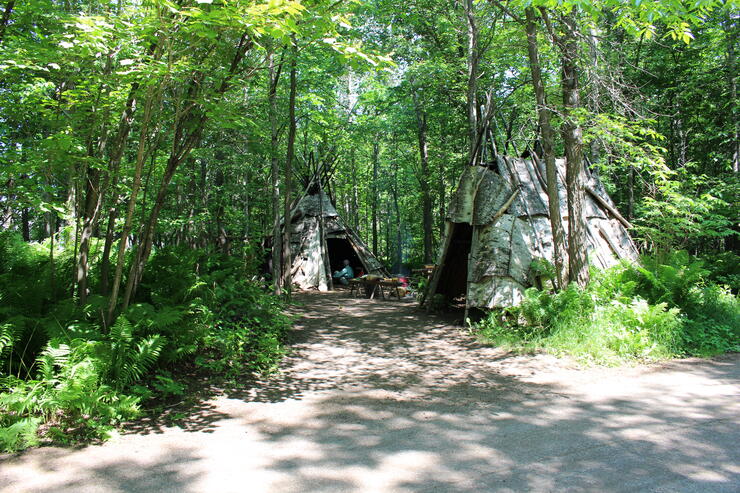
He then shows me inside a cosy teepee, where he explains that it's held together with the help of animal sinew, used to tie the various sections together. The floor of the structure has been carpeted with blankets made in the British town of Witney, known (at the time, at least) for its prosperous woollen trade. These blankets were shipped all over the world and regular consignments were sent to this part of Canada, where the blankets would be swapped for furs which would eventually end up on the backs of England's upper classes.
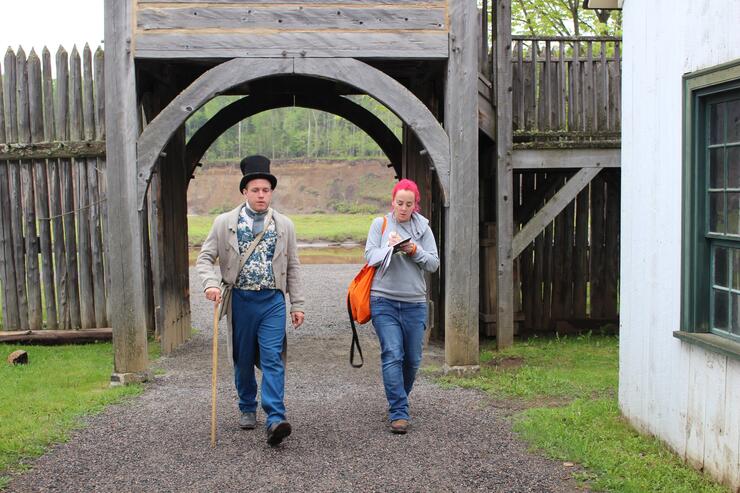
We reach the replica fort, surrounded by high wooden walls and perched on the banks of a river, and I'm amazed. Rows of buildings surround an enormous grassy square, and the entire place is a hive of activity. The doctor starts by taking me into his home, where he introduces me to his wife, who's weaving a blanket next to a roaring fire. The harsh conditions endured by those based at Fort William becomes clear when he leads me into their small bedroom, explaining that he and his wife and children all squeeze into the same bed—partly because of the limited space available, and partly to keep warm—until the children reached puberty.
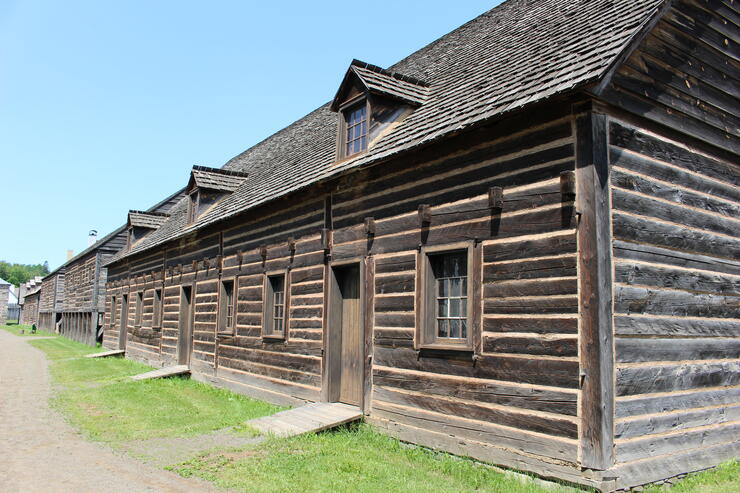
We head next door to the doctor's surgery. A wooden table is piled high with glass jars of rainbow-hued powders and liquids, including vinegar, used to treat foot rot (one of the most common afflictions) and bright blue copper sulphate, used as a disinfectant. And then there's the scarifying machine, used for blood-letting. I'm sure most visitors feel the need to cross their legs when shown the next exhibit: a rolling pin-sized device used to give enemas to fur traders who were, in polite terms, "blocked up" due to their poor diet. Dr. McLoughlin ups the cringe factor by adding that bear grease is used as a lubricant, and that the sheer number of patients meant it's rarely cleaned between uses.
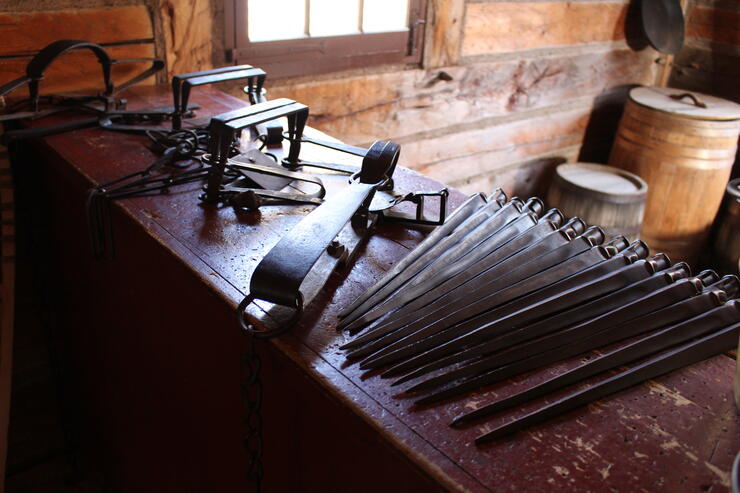
We head over to the blacksmith's, bumping into one tradesman en route (prompting the doctor to remind his friend to seek treatment for his recurring case of foot rot). The small blacksmith's workshop is filled with axes, fish spears, nails, and bolts, and I'm given the opportunity to use some of this hardware, hammering pieces of metal into shape using exact replicas of the machinery which once filled the smoky room. I learn how the blacksmith was one of the fort's most important employees, responsible for repairing guns and tools as well as producing items which could be traded, such as metal bowls and animal traps. In the building next door—the fort's general store—I find some of the finished items, piled alongside beautiful blankets, shiny new rifles, and cooking pots, all for sale. This is also where some of the furs are sold. Different values being placed on different furs according to their rarity and condition.
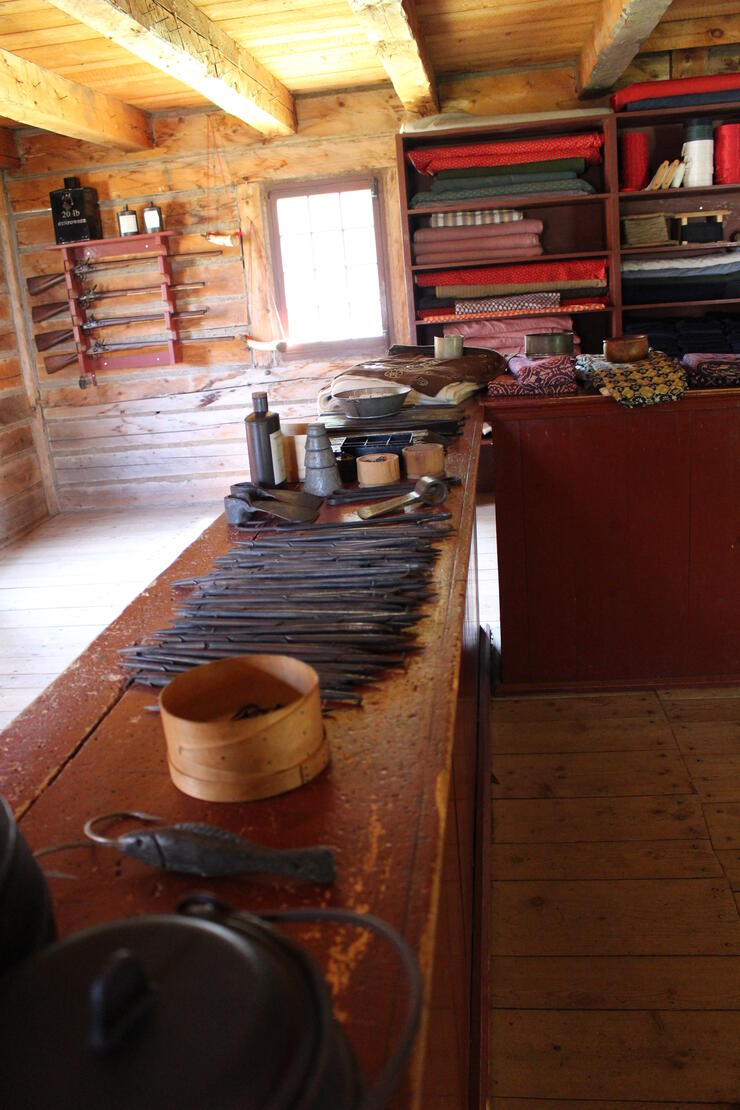
I get another opportunity to flex my muscles when I visit the building where repairs to canoes are carried out and where I'm offered the chance to lift one end of the vessel. It's experiences like this which make Fort William Historical Park one of Canada's most family-friendly attractions. I've been to other so-called living museums before, but I've never come across one with this level of detail, whether it's the beaver fur-lined hat worn by the doctor, the complex back stories of the fort's residents, or their dedication to their assumed role. This isn't a museum filled with dusty exhibits or relic-filled glass cabinets. Instead, visitors learn about the fur trade by meeting the industry's employees and learning new skills.
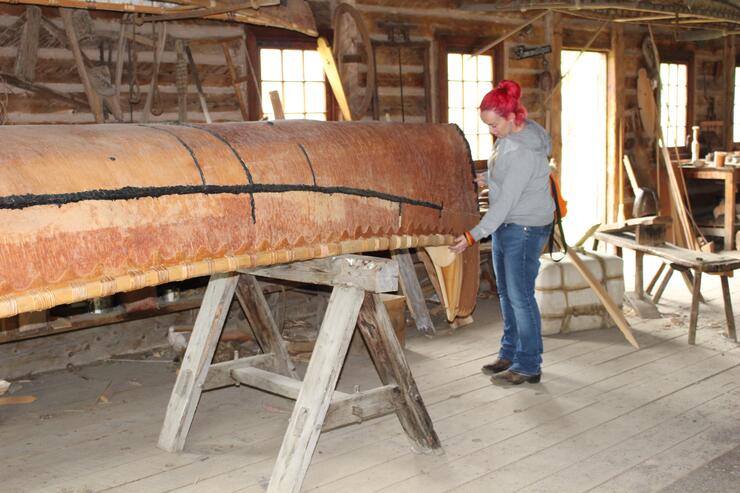
As an animal lover, the highlight is the farm—and yes, I do mean an actual farm, complete with pigs, goats, sheep, and chickens. Although certain items, including grease and corn, were brought in further afield, I learn that Fort Willam was mostly self-sufficient, and the farm had a crucial role, providing meat, milk, eggs, and butter, and from its fields, oats, peas, buckwheat, potatoes, hay, and barley.
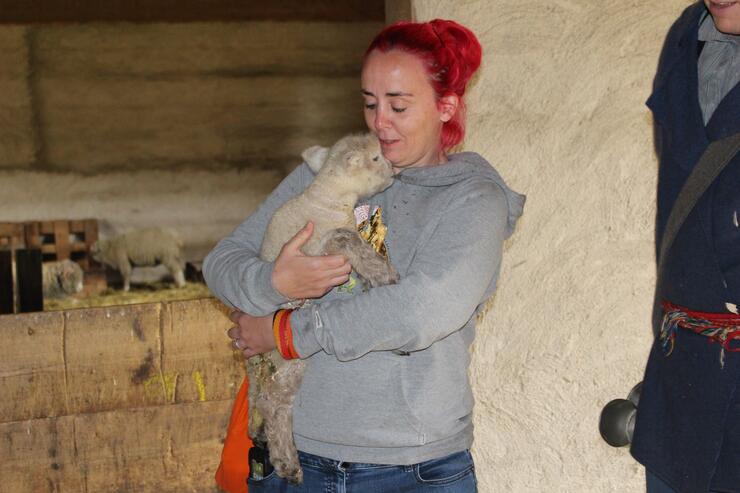
A farm worker comes over clutching a small fluffy bundle—it's a newborn lamb. I'm allowed a few minutes to cuddle it before it's taken back to be reunited with its mother, blissfully unaware of how different its life will be to its 19th-century ancestors, who would surely have ended up on a voyageur's dinner plate. I hand him back, grateful that I was born 200 years after the fort's heyday—and with the sneaking suspicion that from this point on, all other museums will look rather plain.
Recommended Articles

Epic Lake Superior Adventures Near Thunder Bay

Experience Your Perfect Summer in Thunder Bay

Eco-Friendly Travel in Thunder Bay
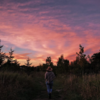
Wellness Retreats in Thunder Bay

LGBTQIA+ Friendly Businesses in Thunder Bay

Uncovering Thunder Bay's Hidden Gems
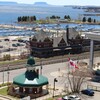
Top 10 Interesting Facts About Thunder Bay

Work Hard, Reward Yourself: Discover Thunder Bay’s Best Winter Experiences

Thunder Bay Winter Fun Guide 2025

12 Best Places to Stay in Thunder Bay

5 Fantastic Ways to Explore the Water in Thunder Bay

5 Reasons to Bring a Conference or Meeting to Thunder Bay, Ontario
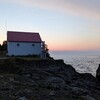
21 Ways to Enjoy Thunder Bay
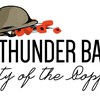
The Remembrance Poppy and its Thunder Bay Roots
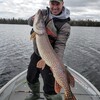
Why You Should Always Travel With Fishing Gear in Thunder Bay

This new cruise ship sails into Thunder Bay

Chill Out in Thunder Bay: Why Cold Plunges Are Hot Right Now

Walk This Way: Self-Guided Art and History Tours in Thunder Bay




